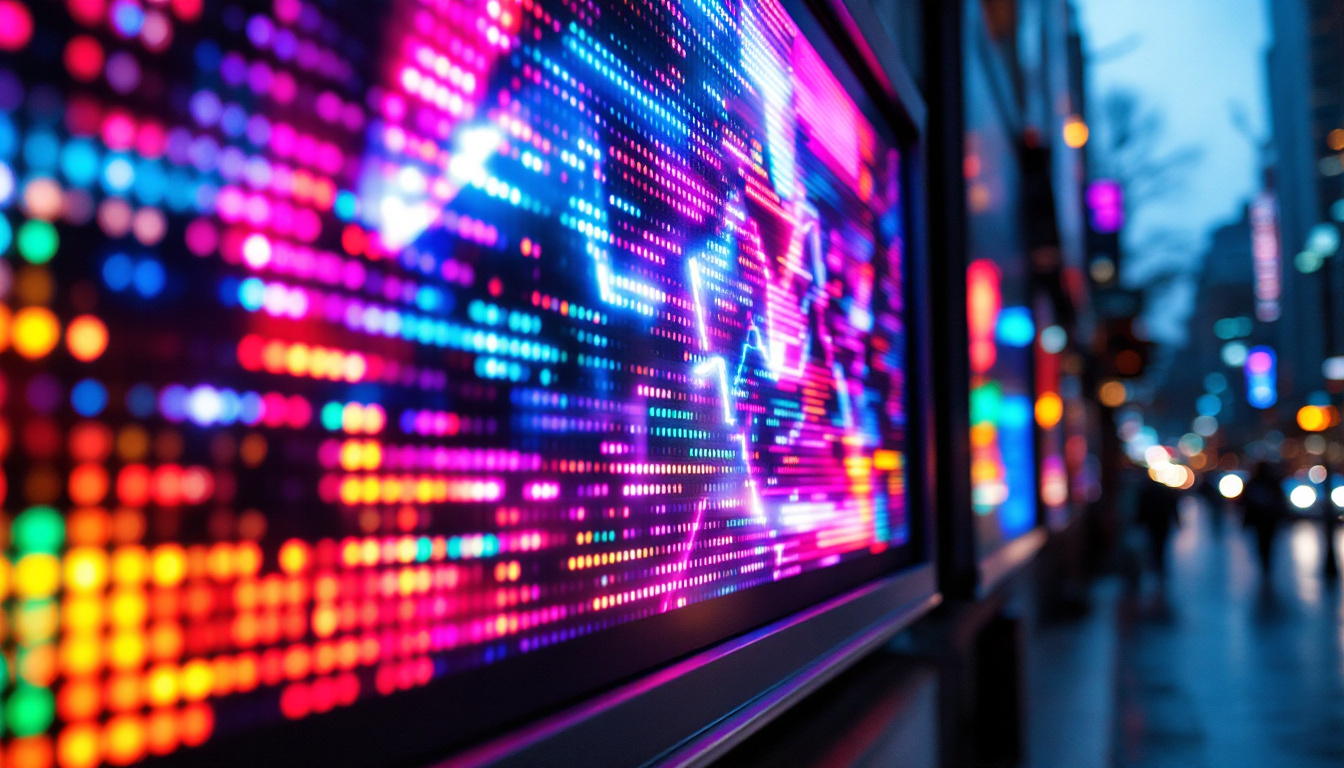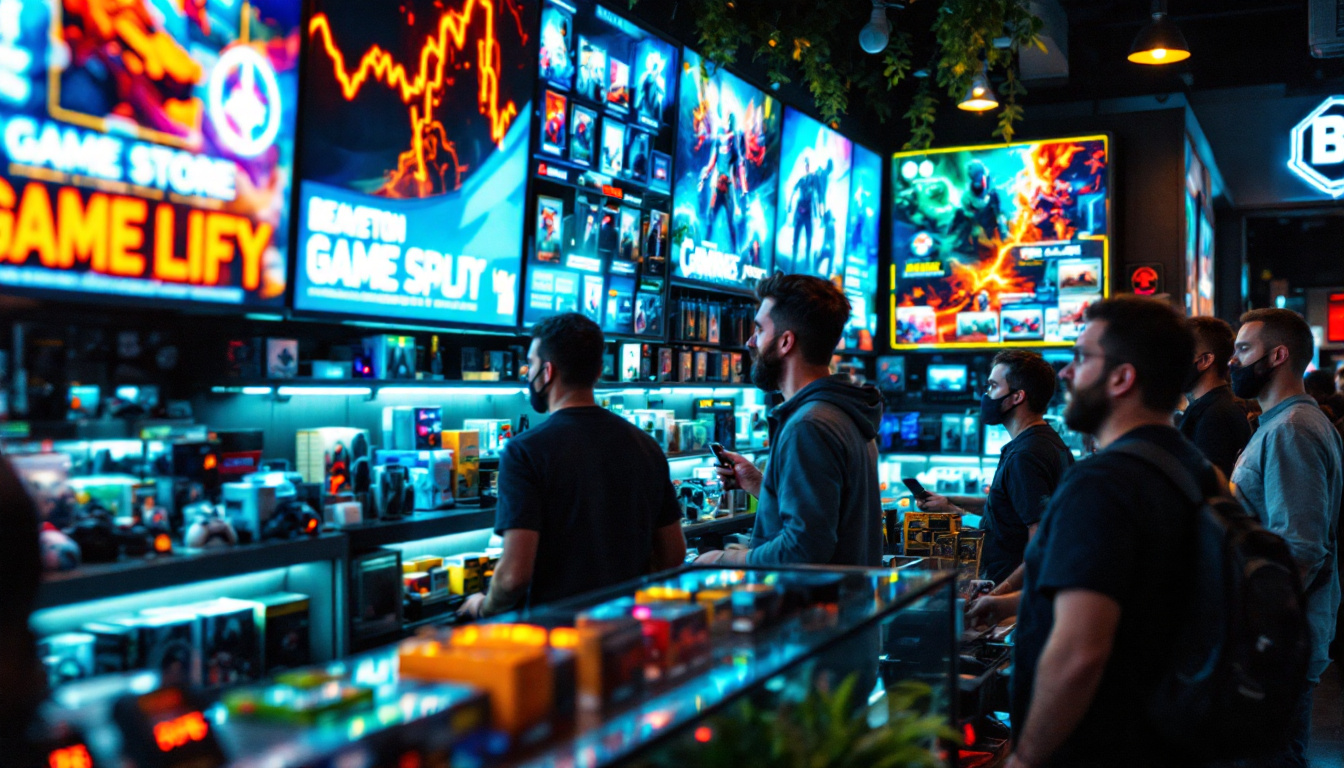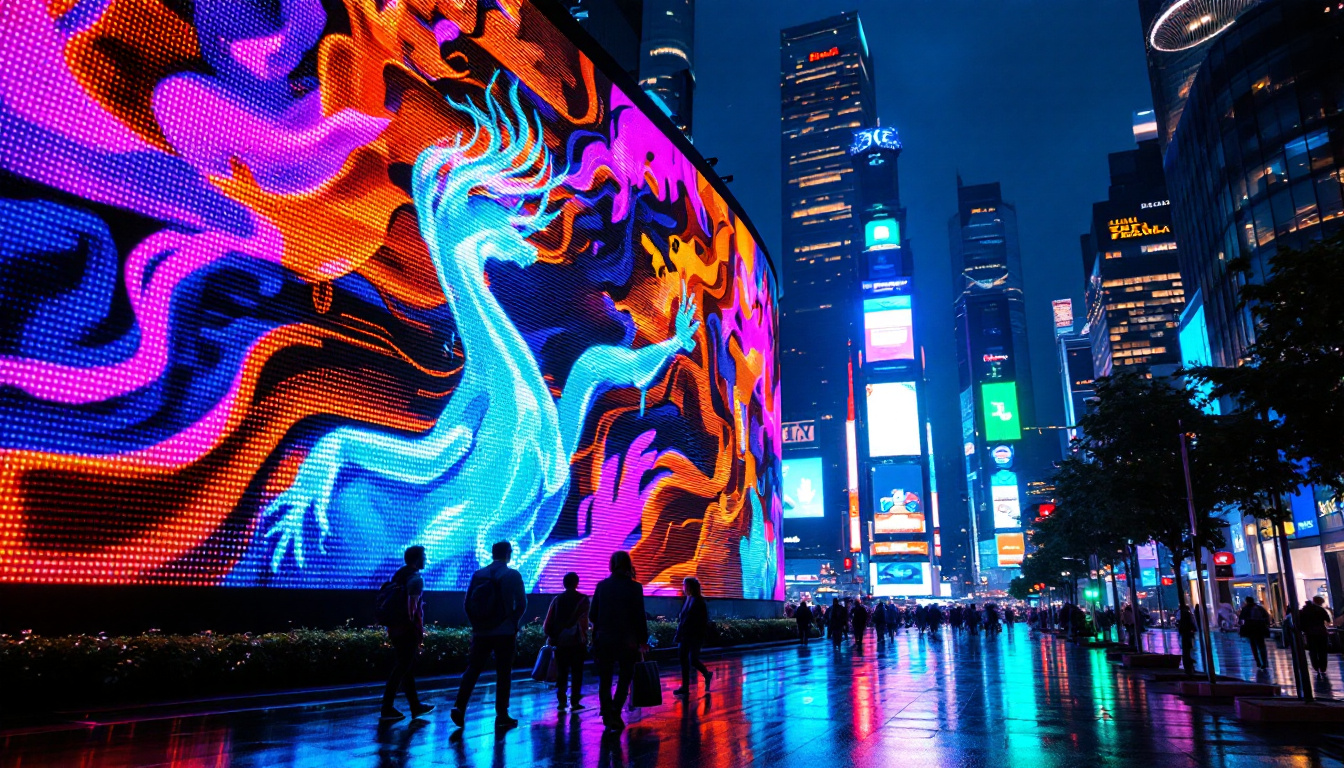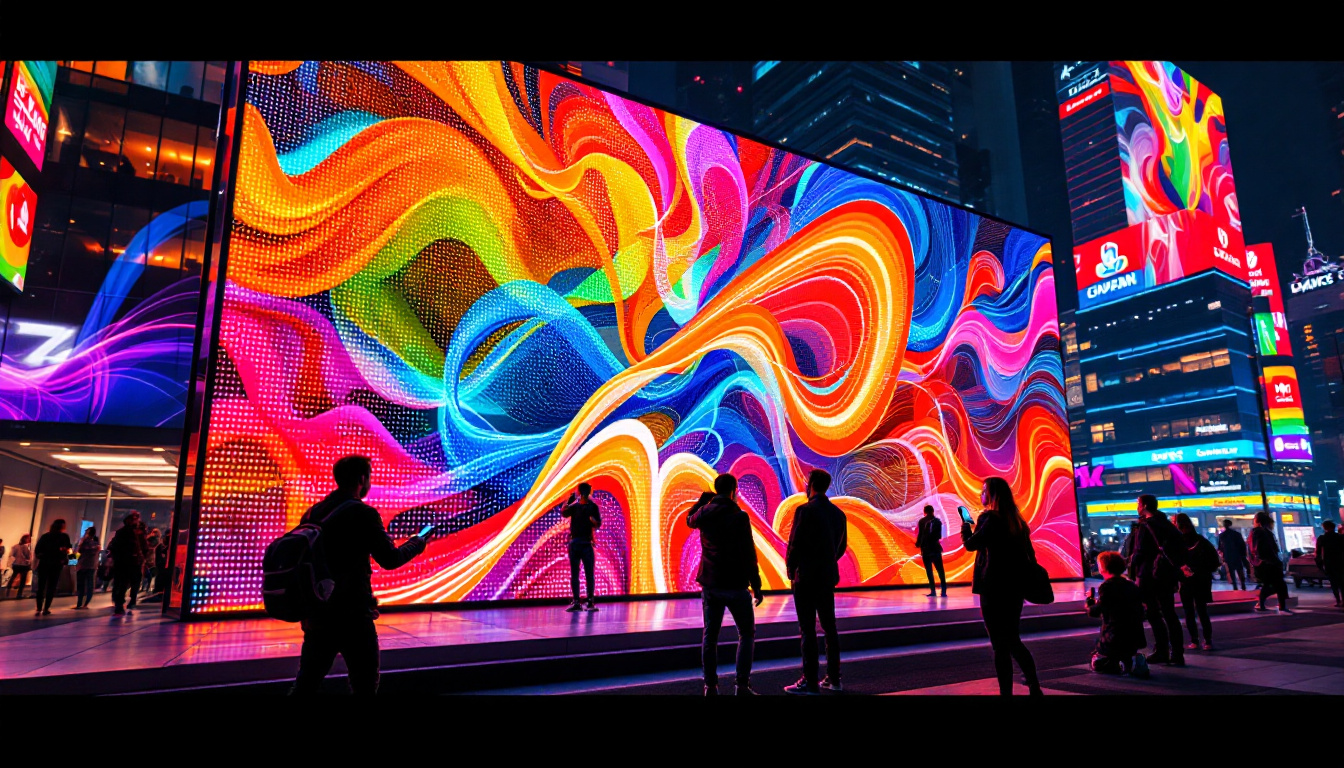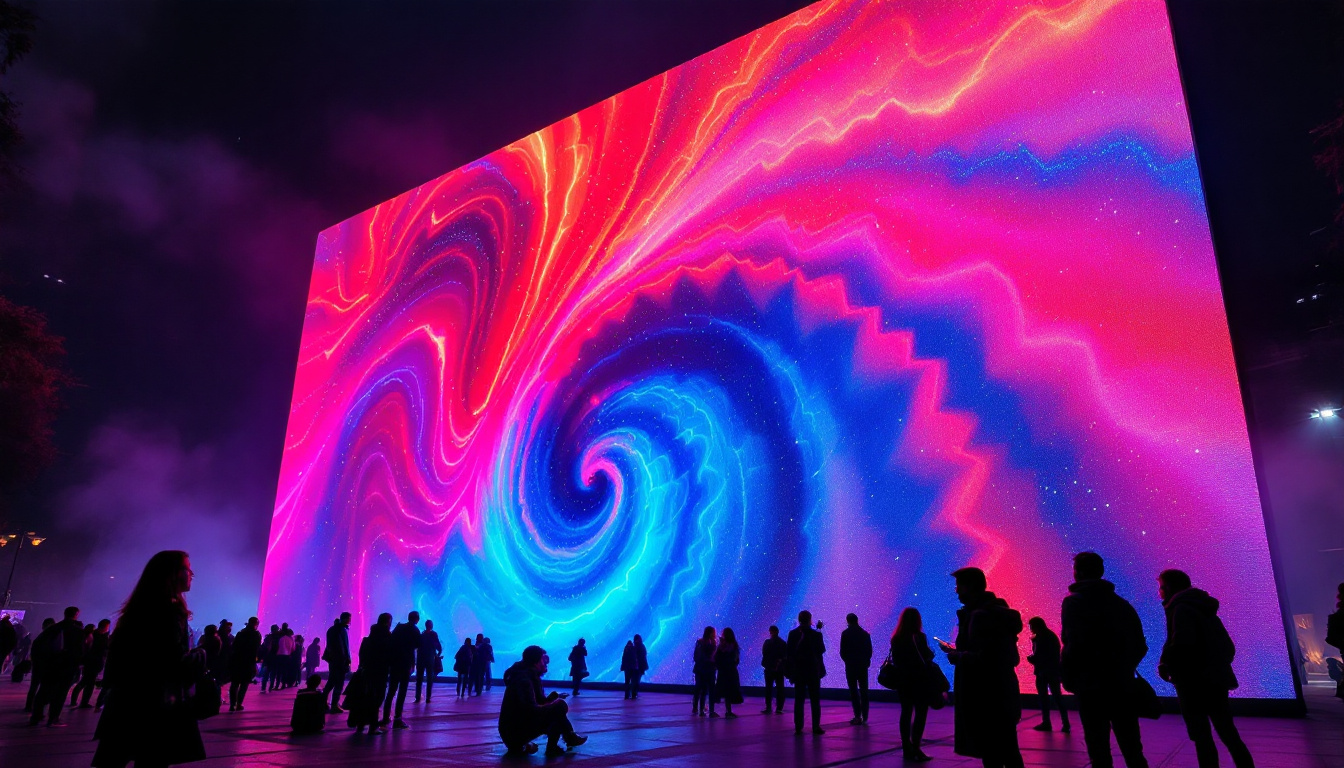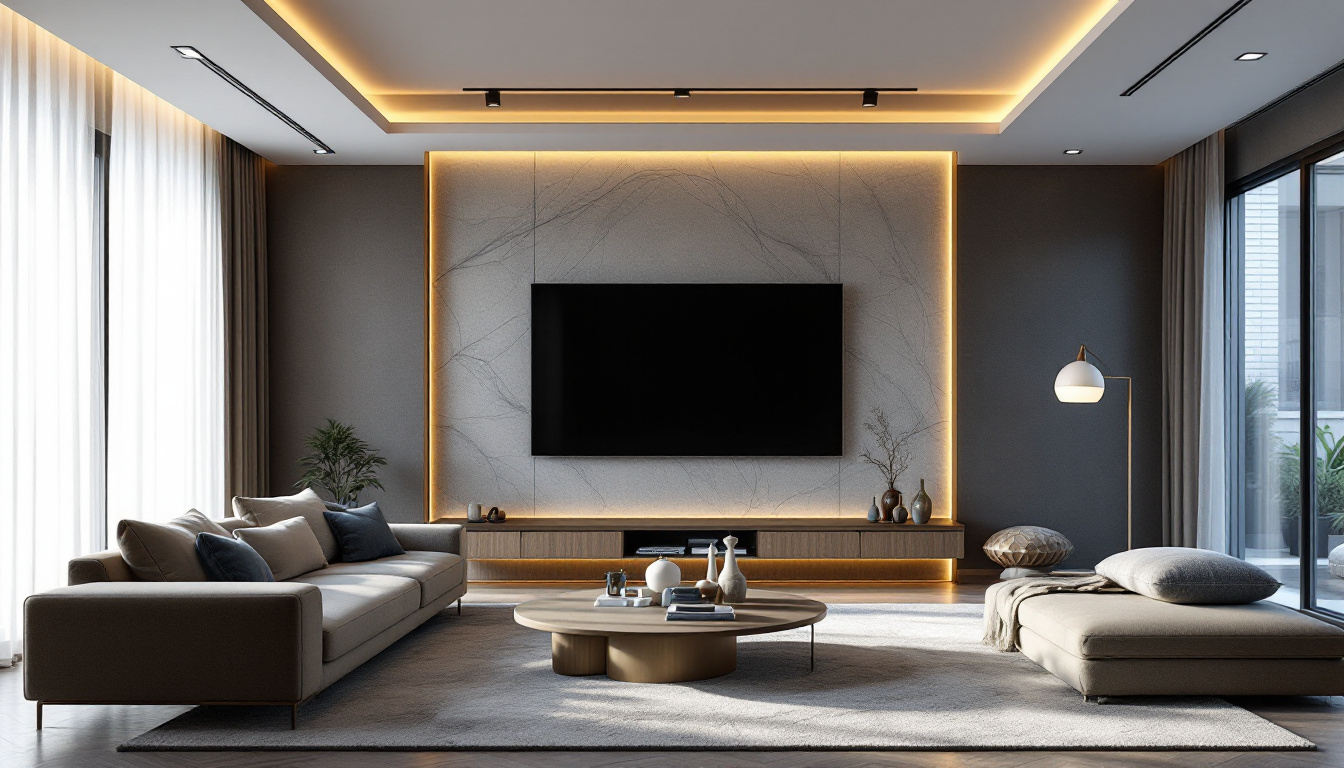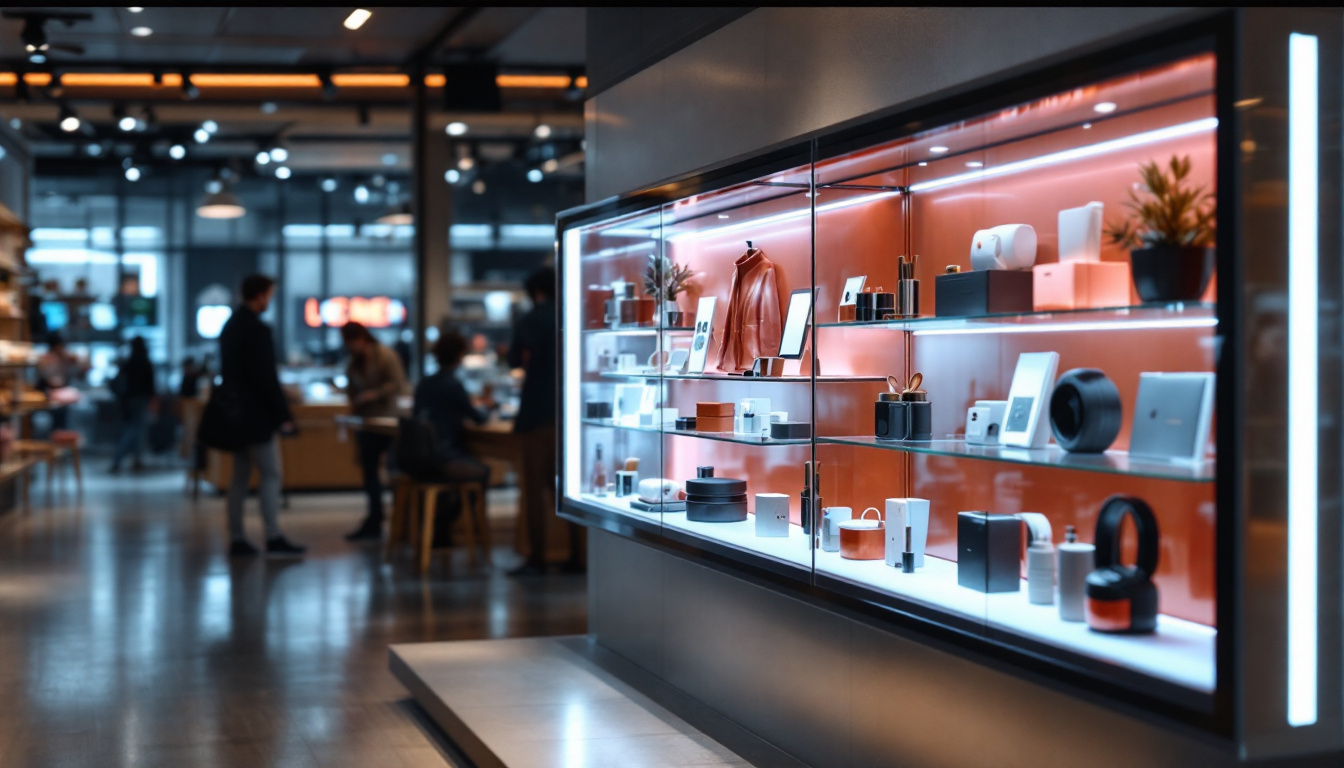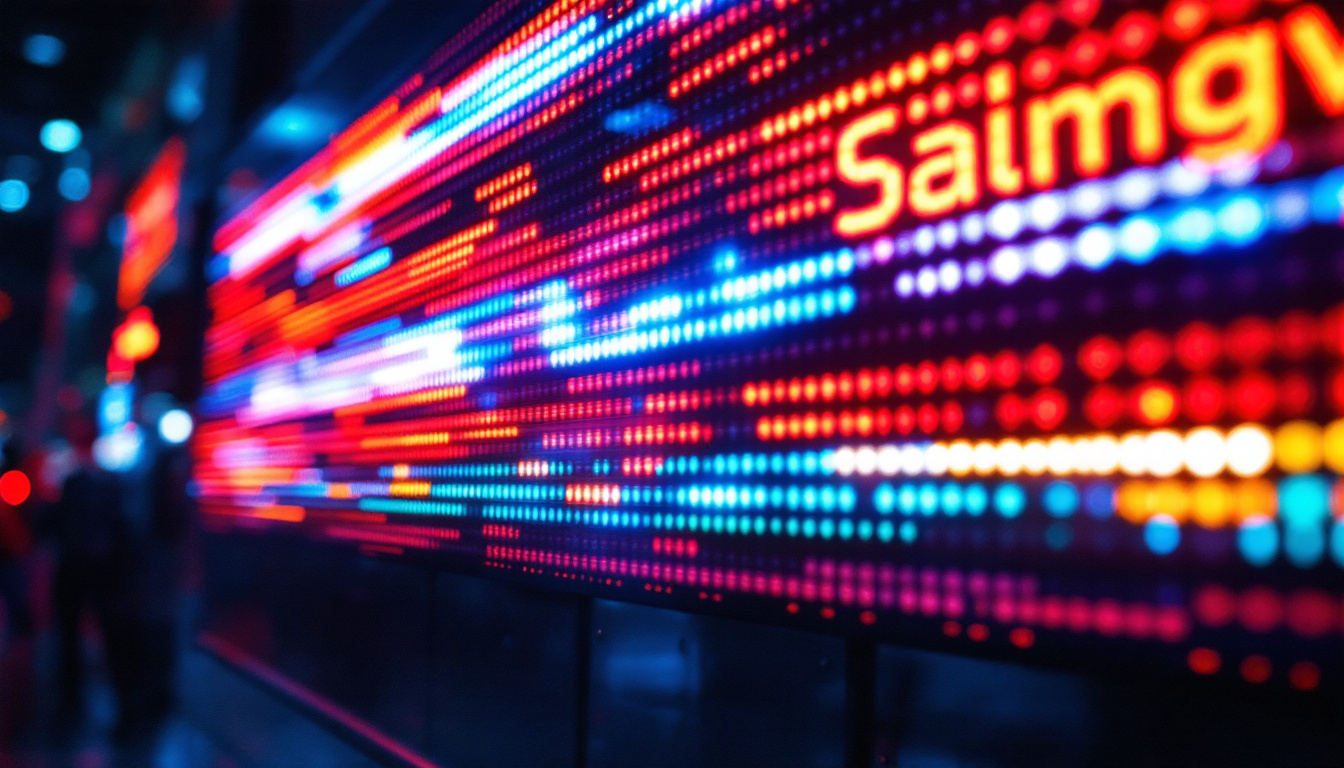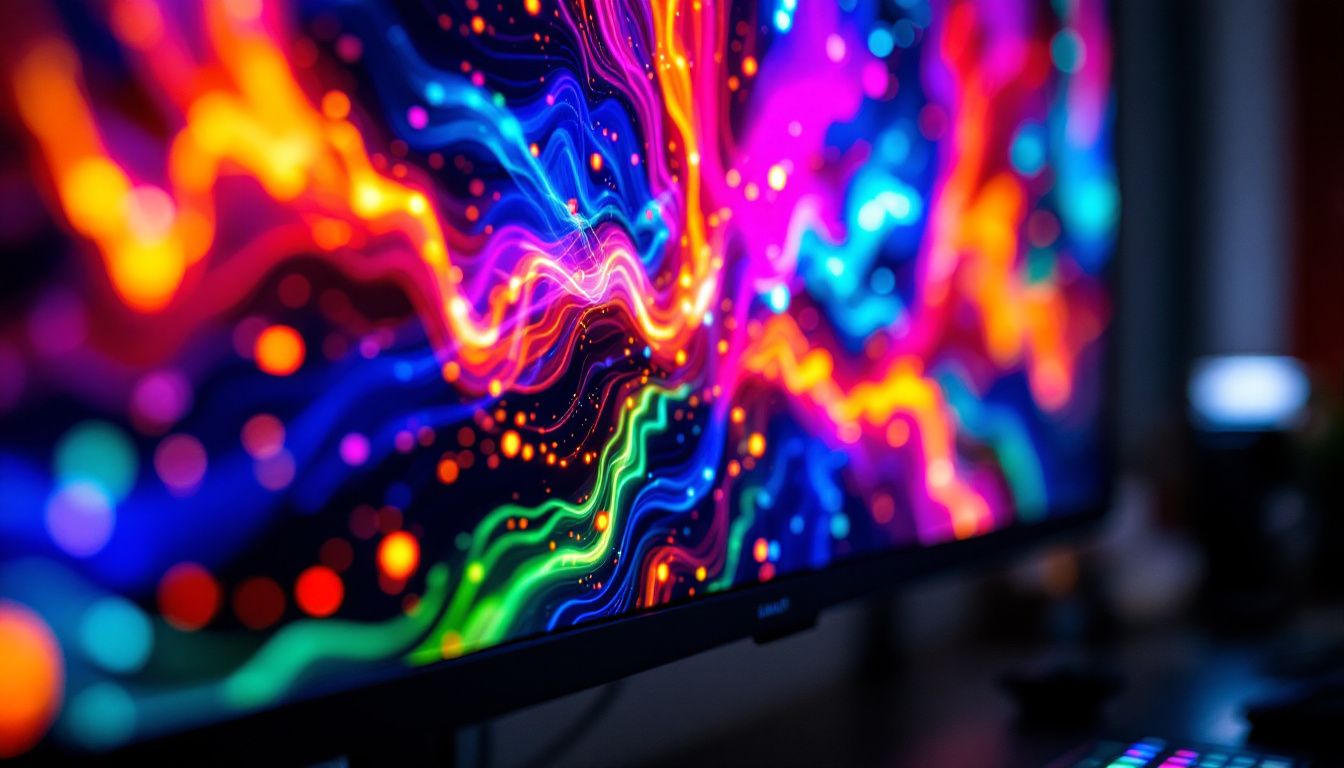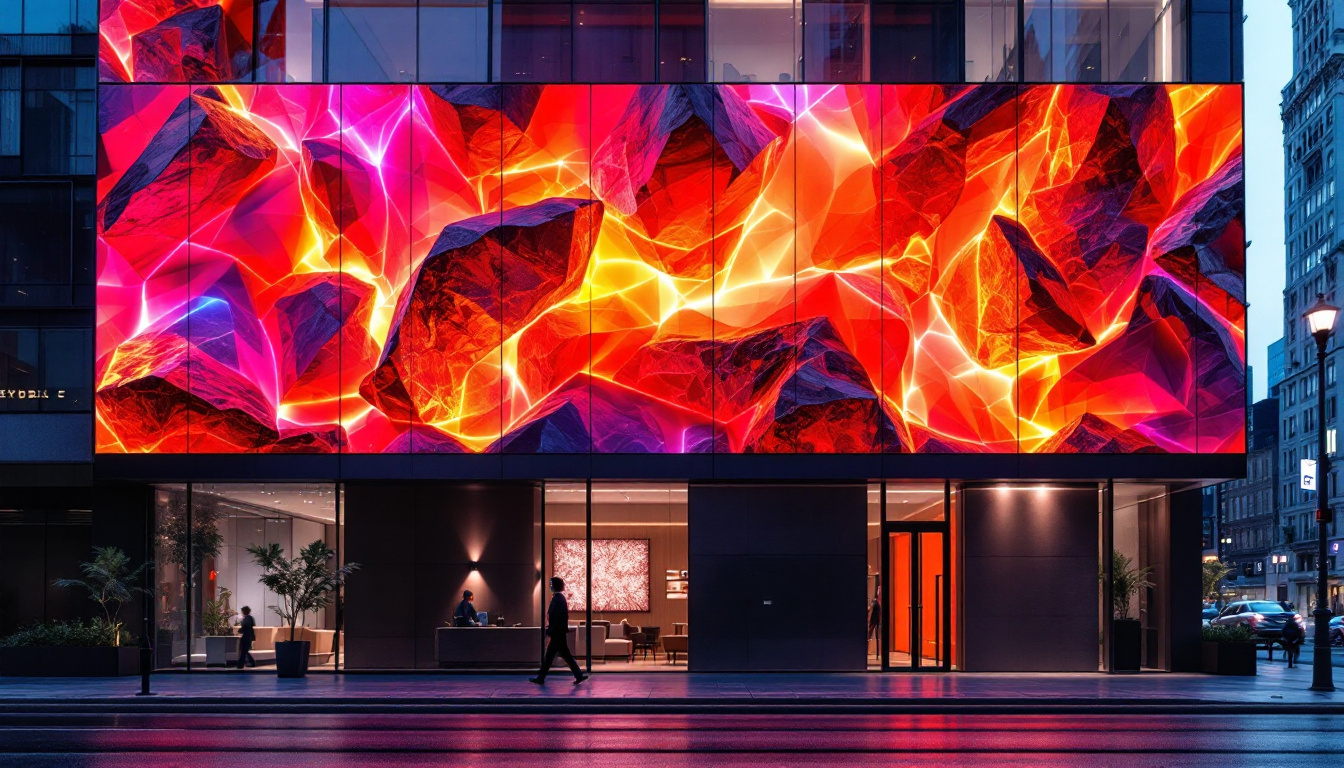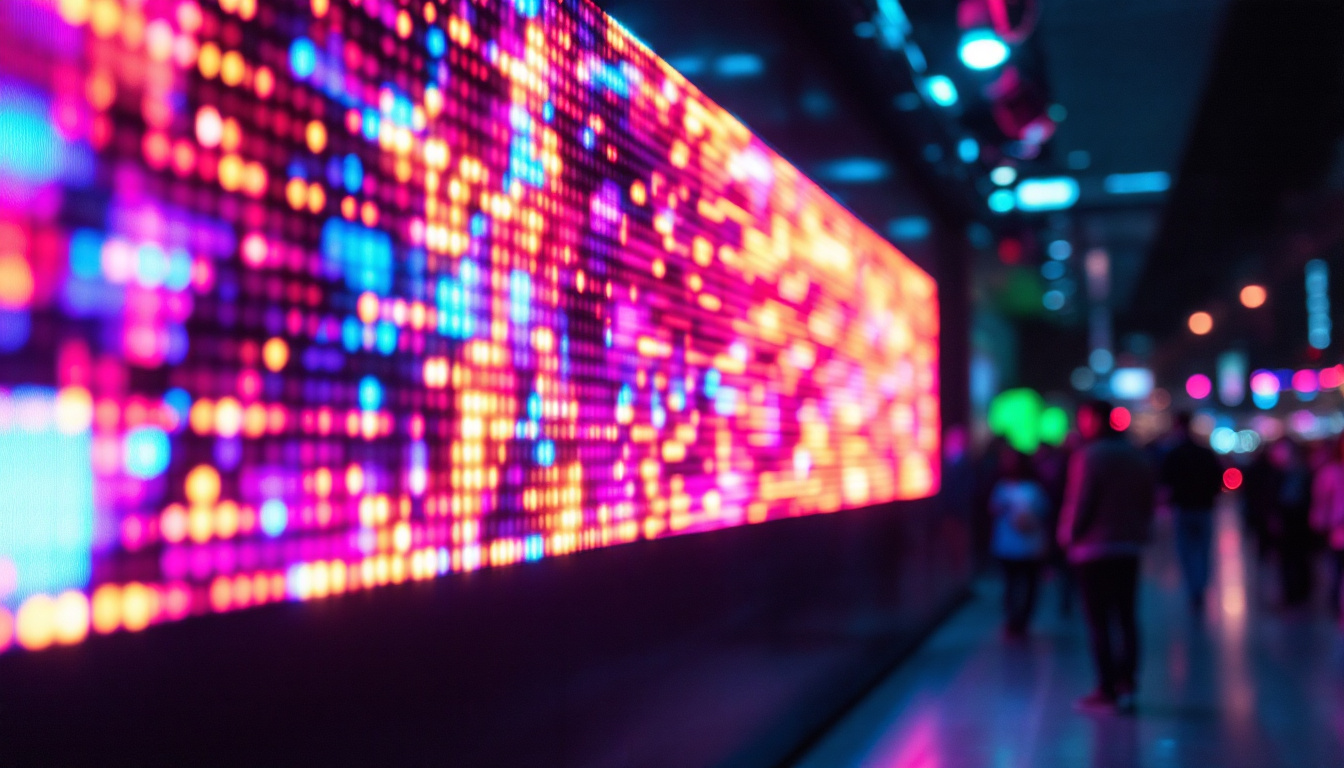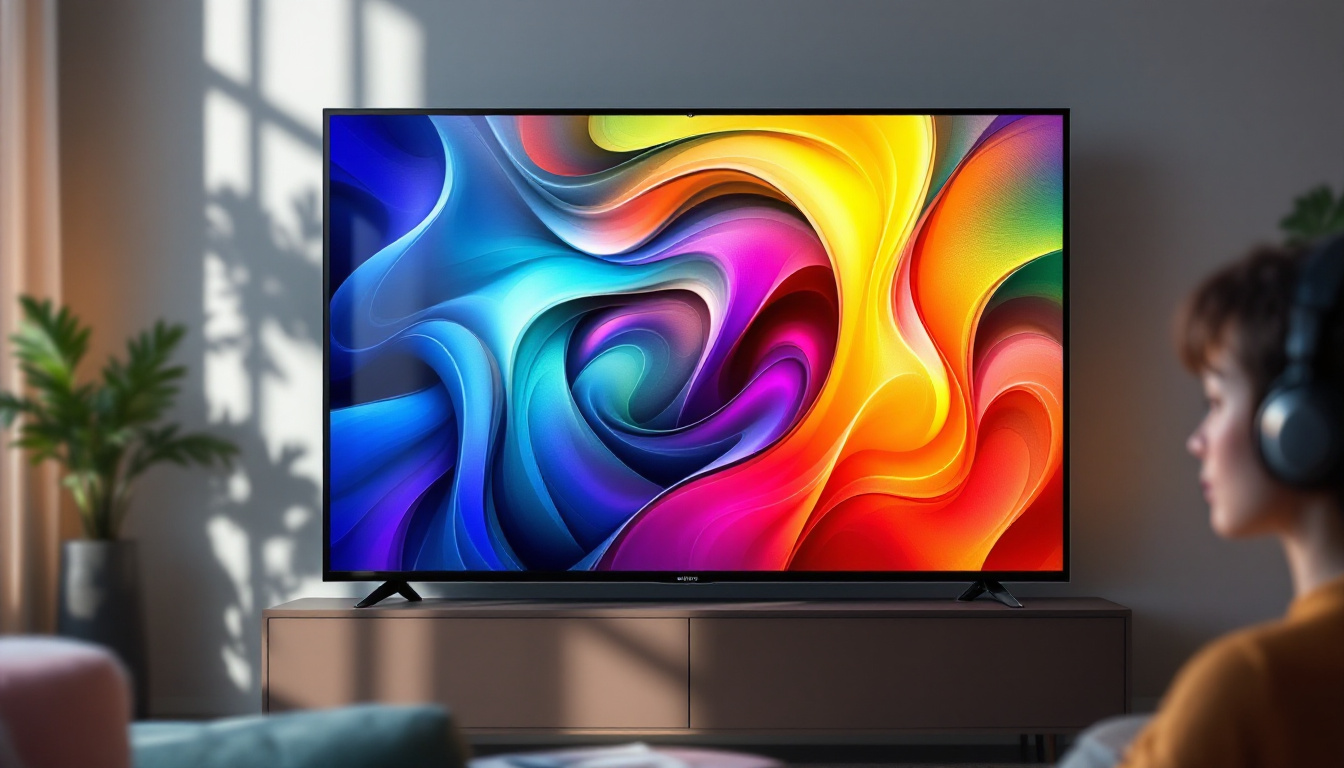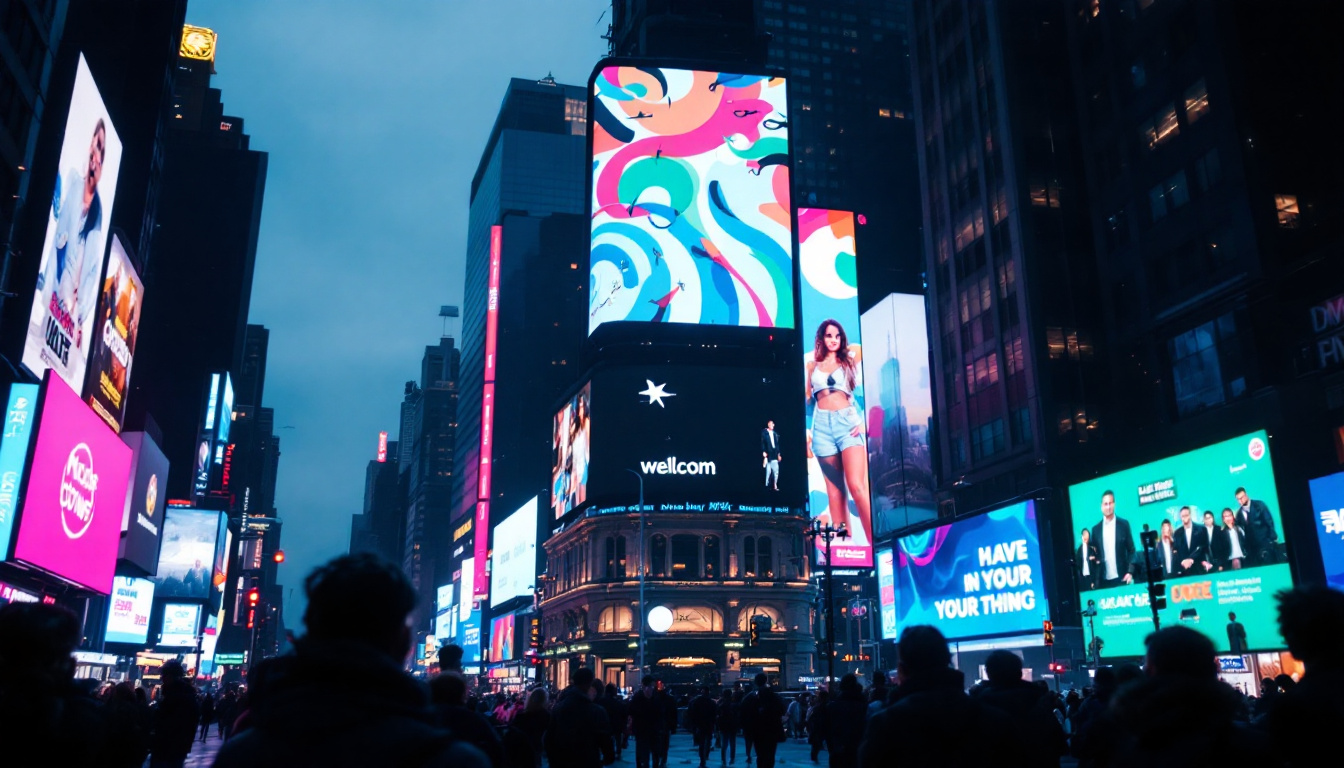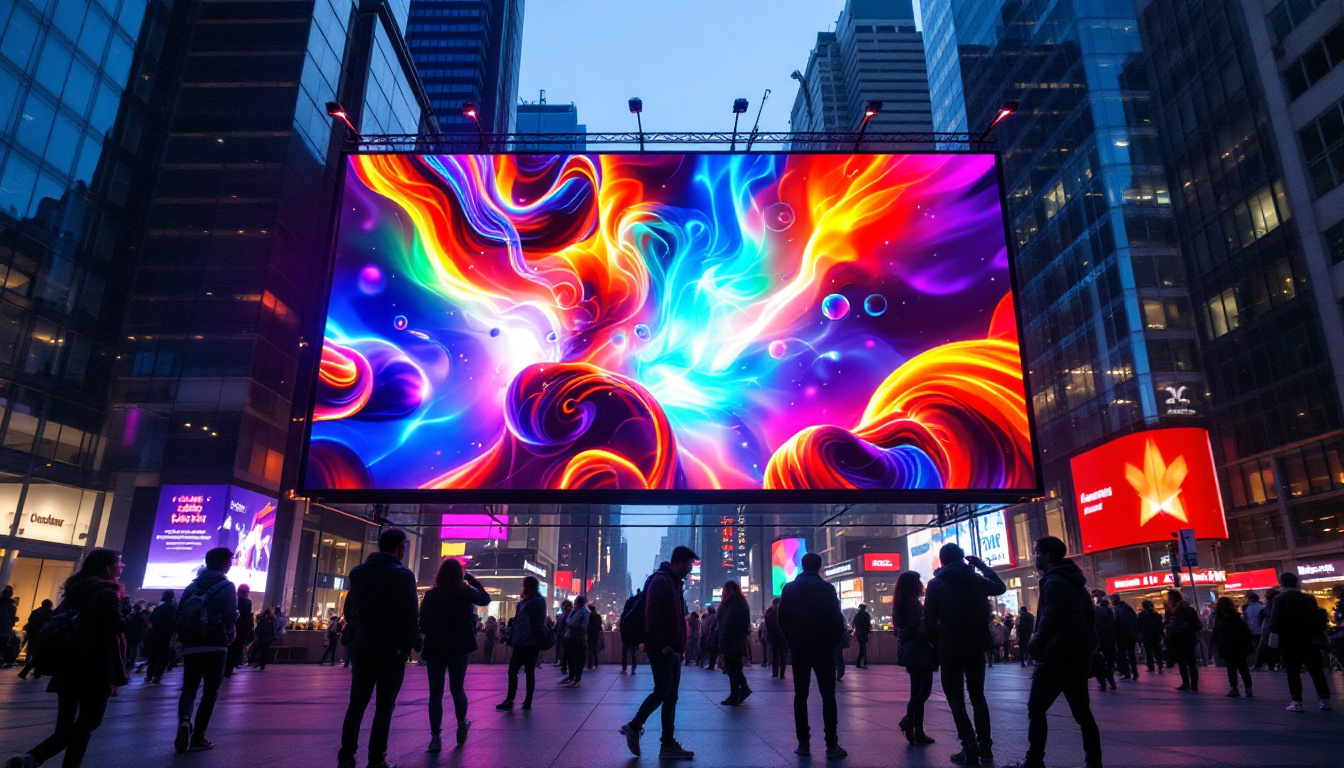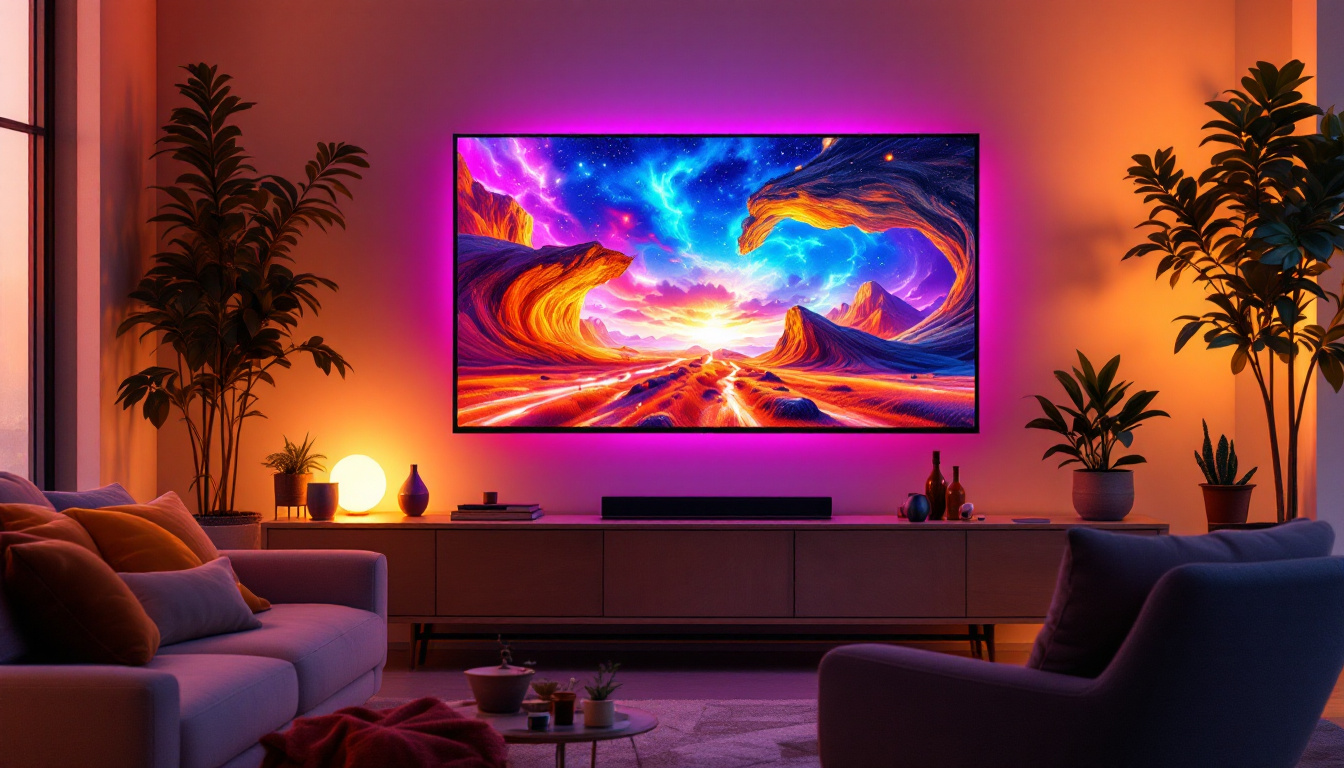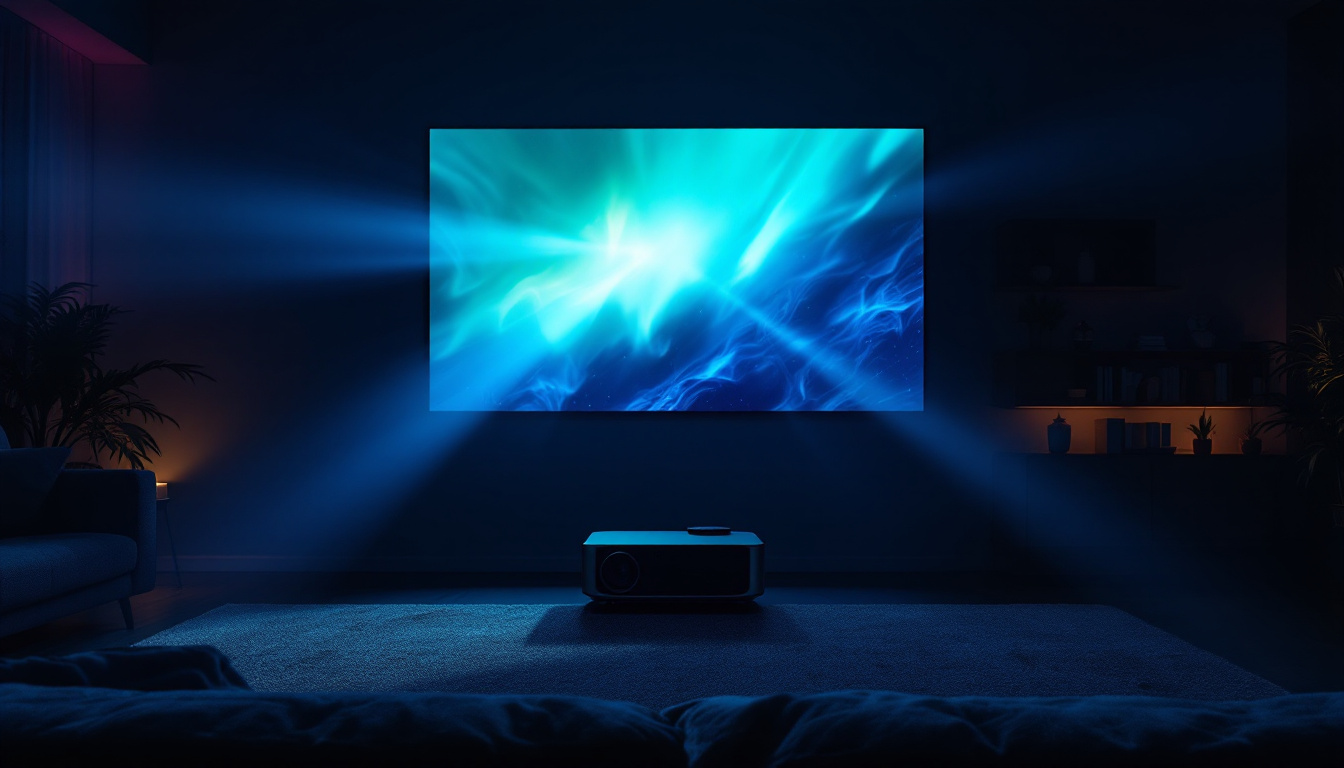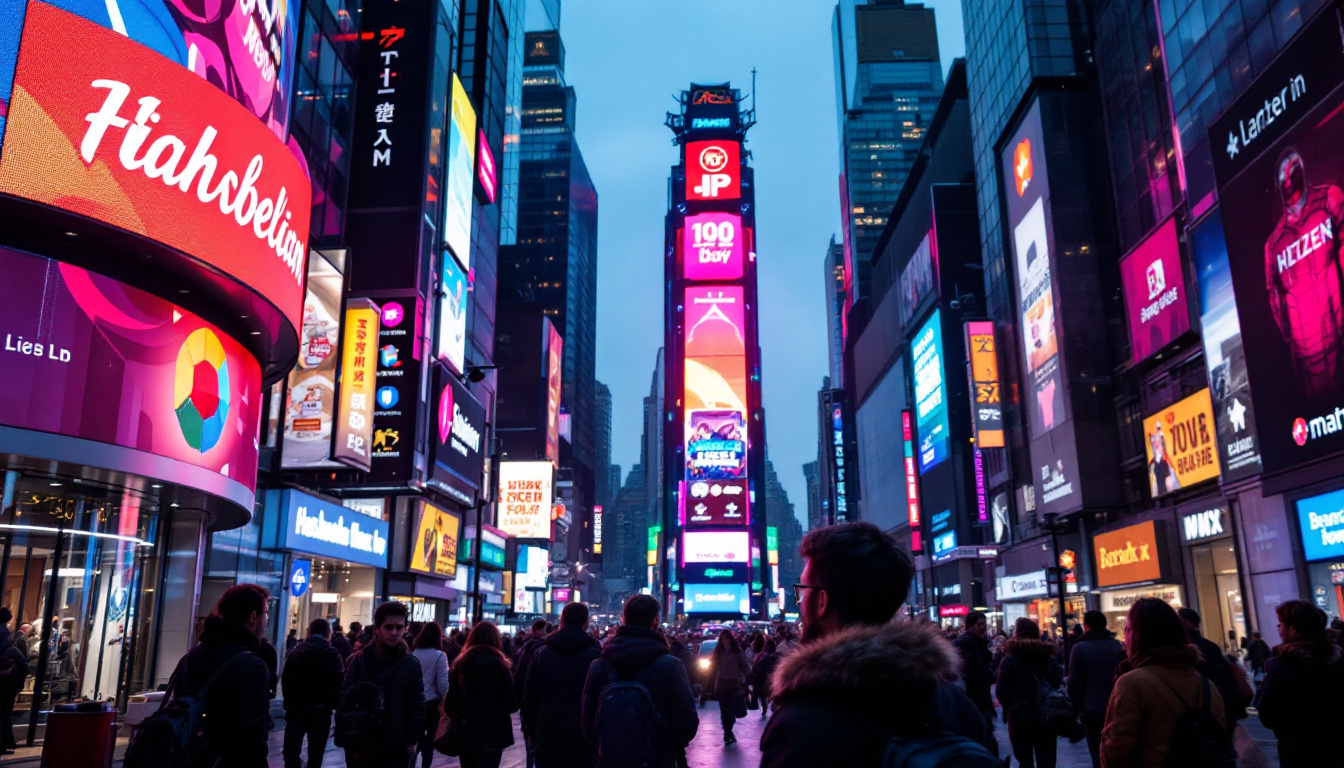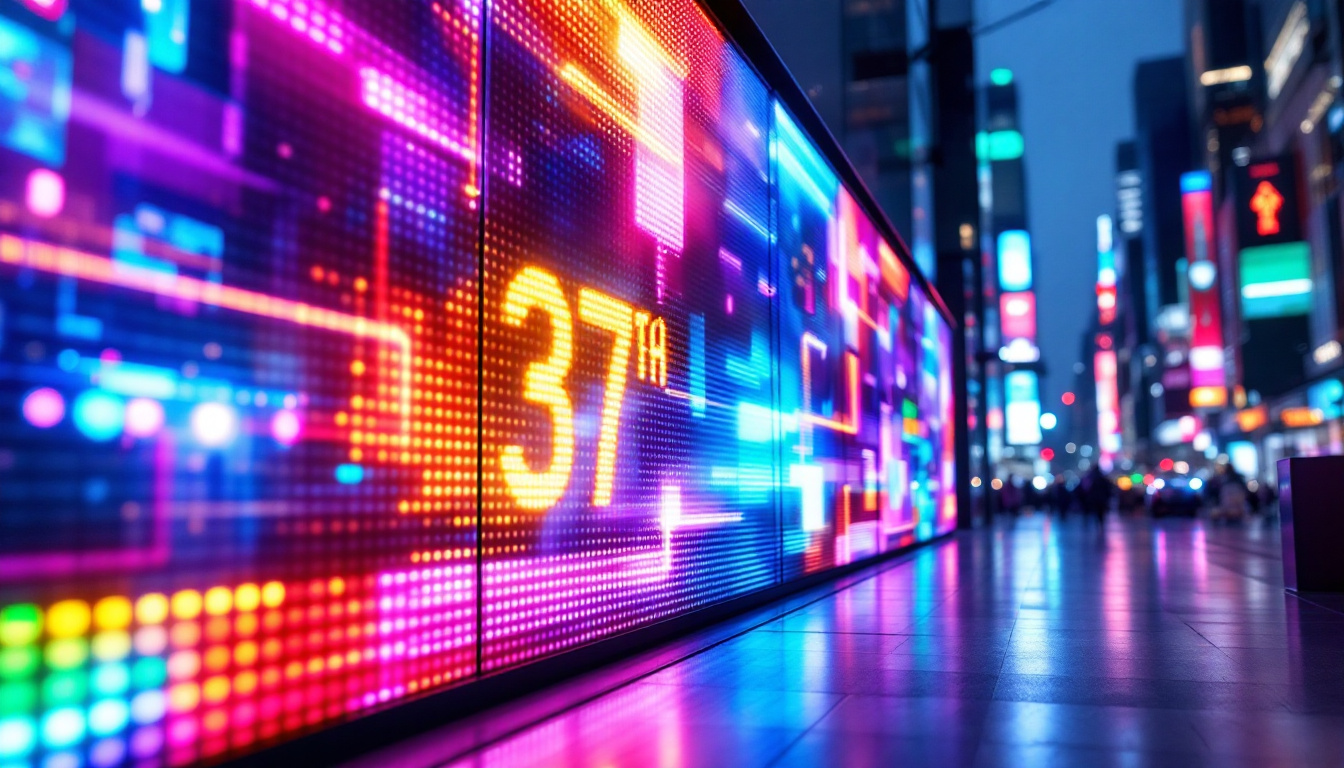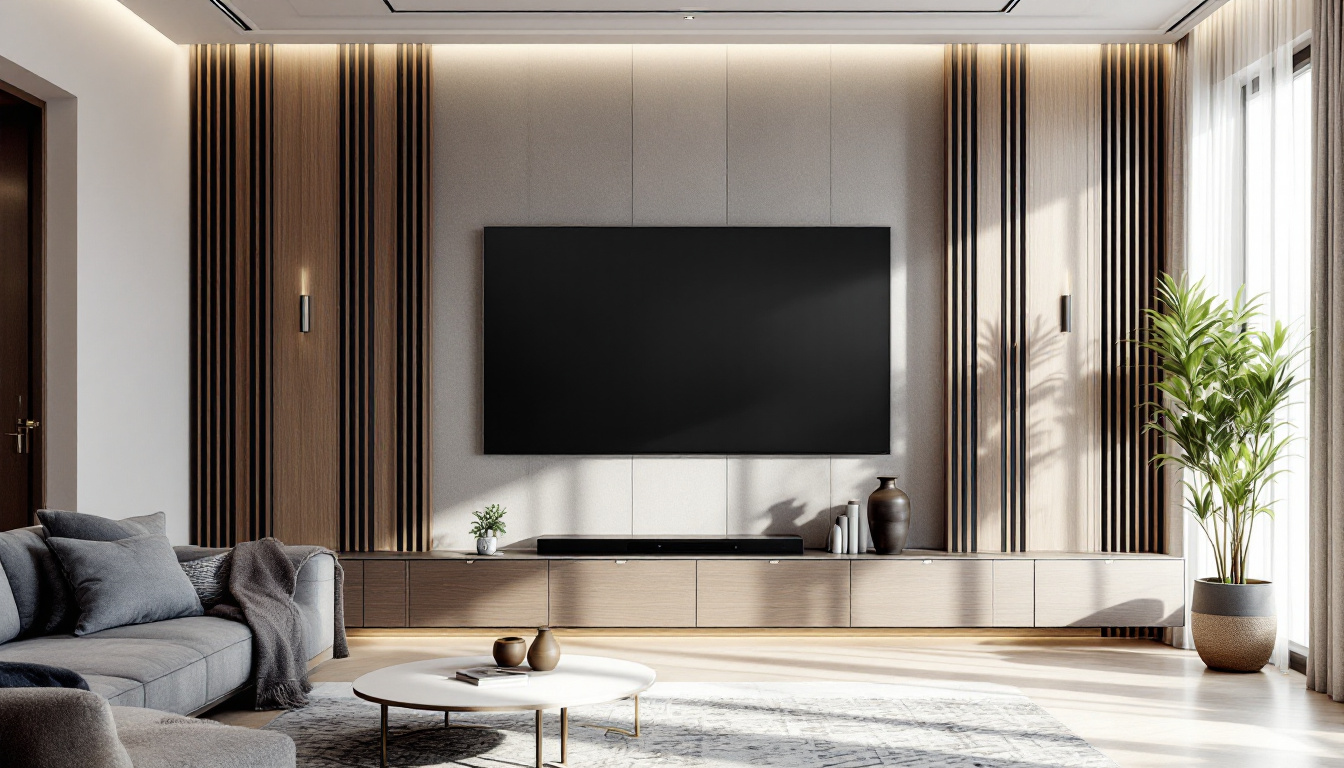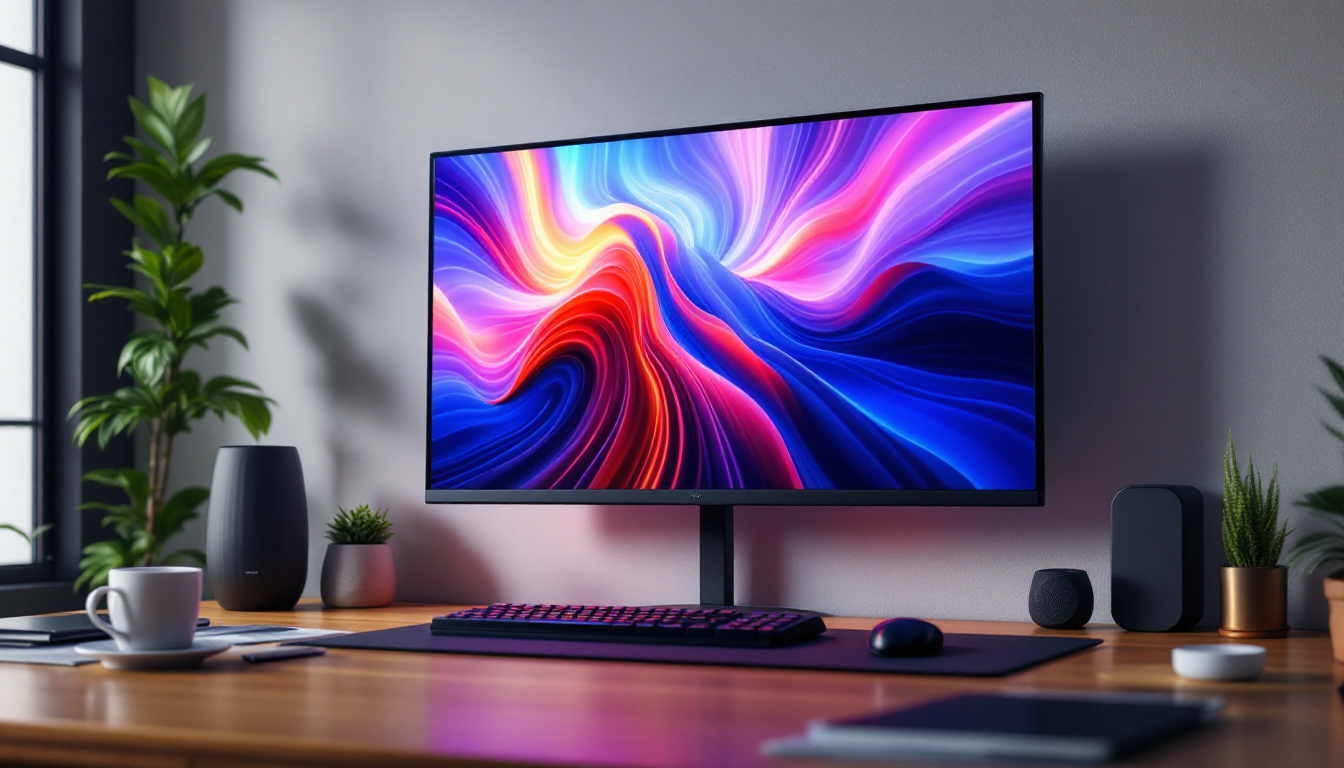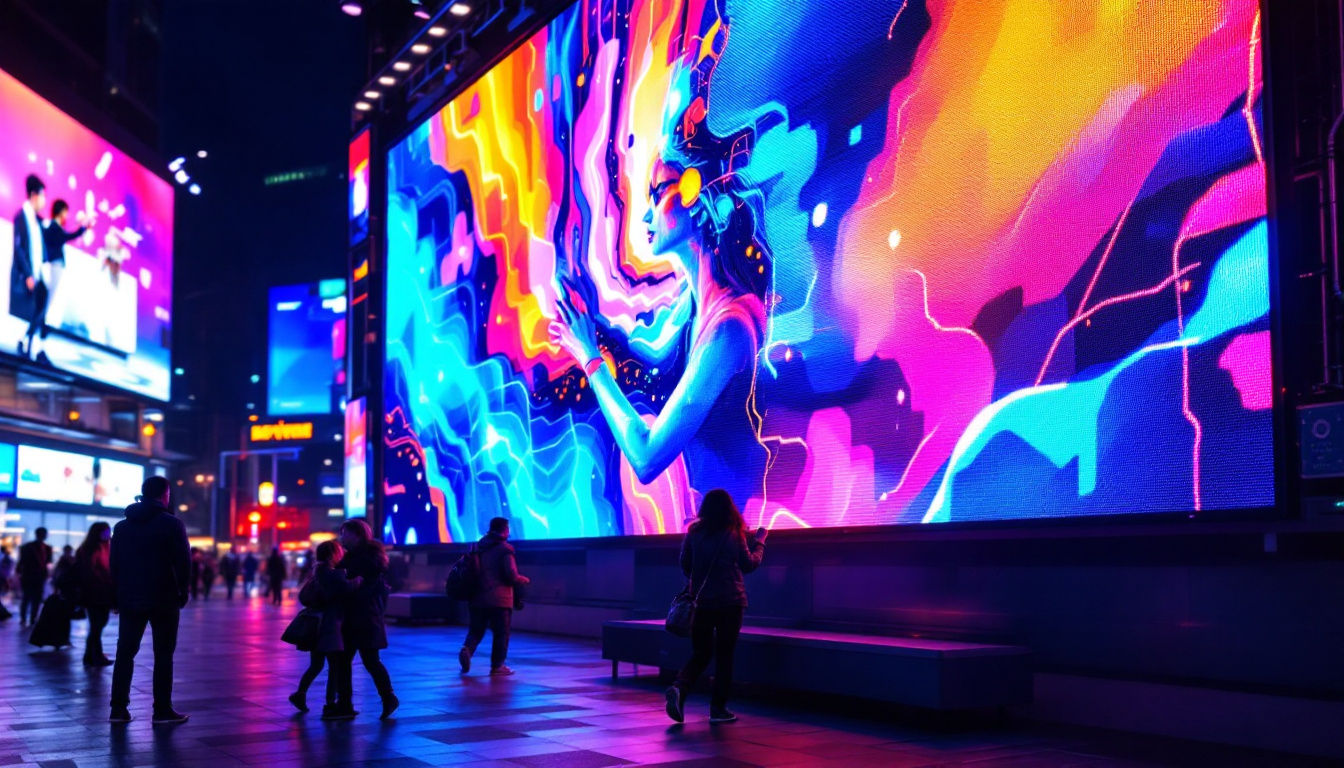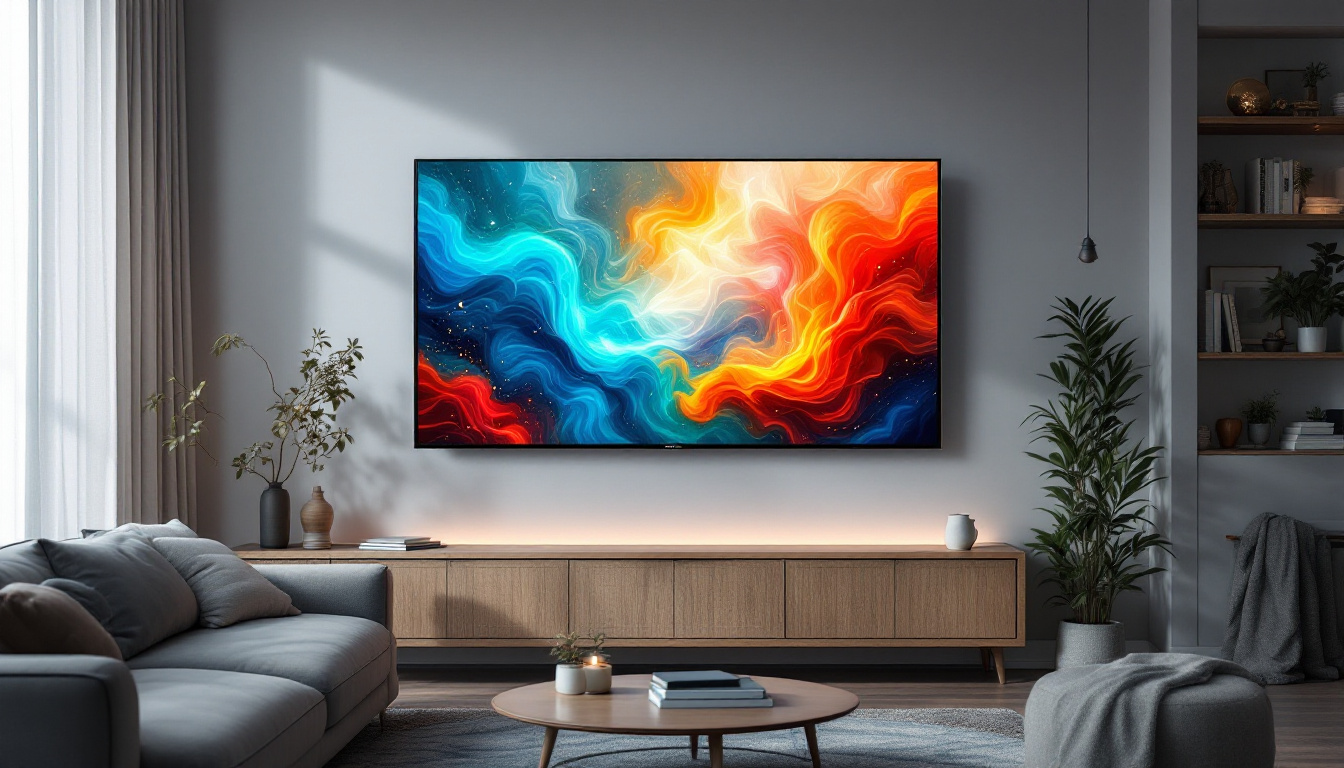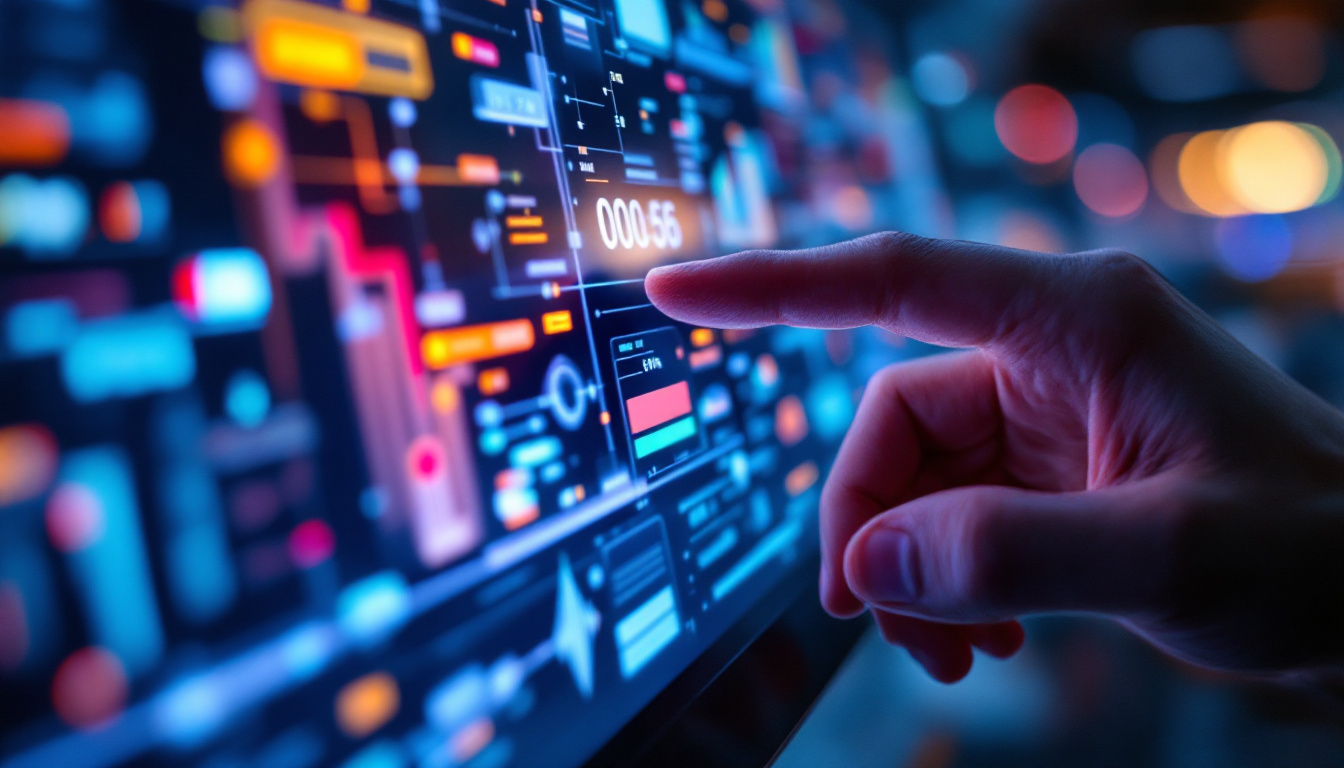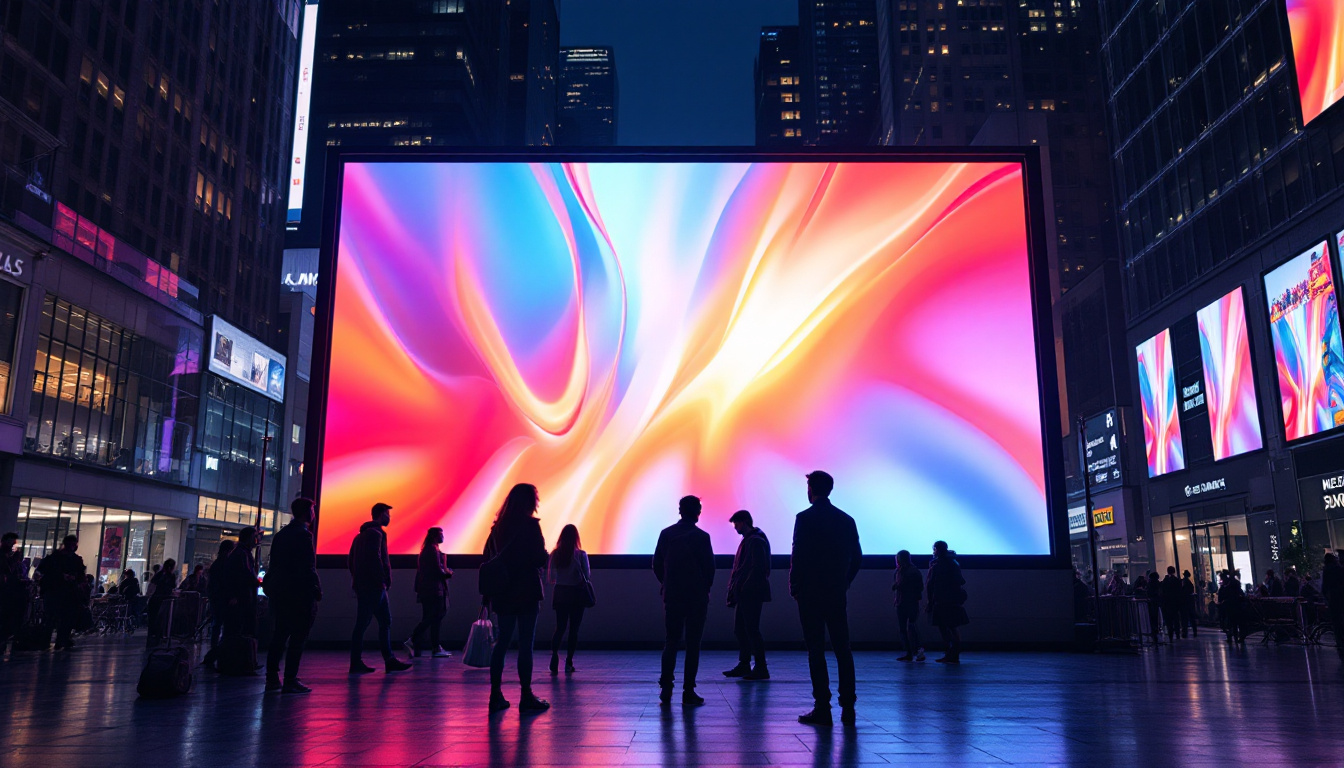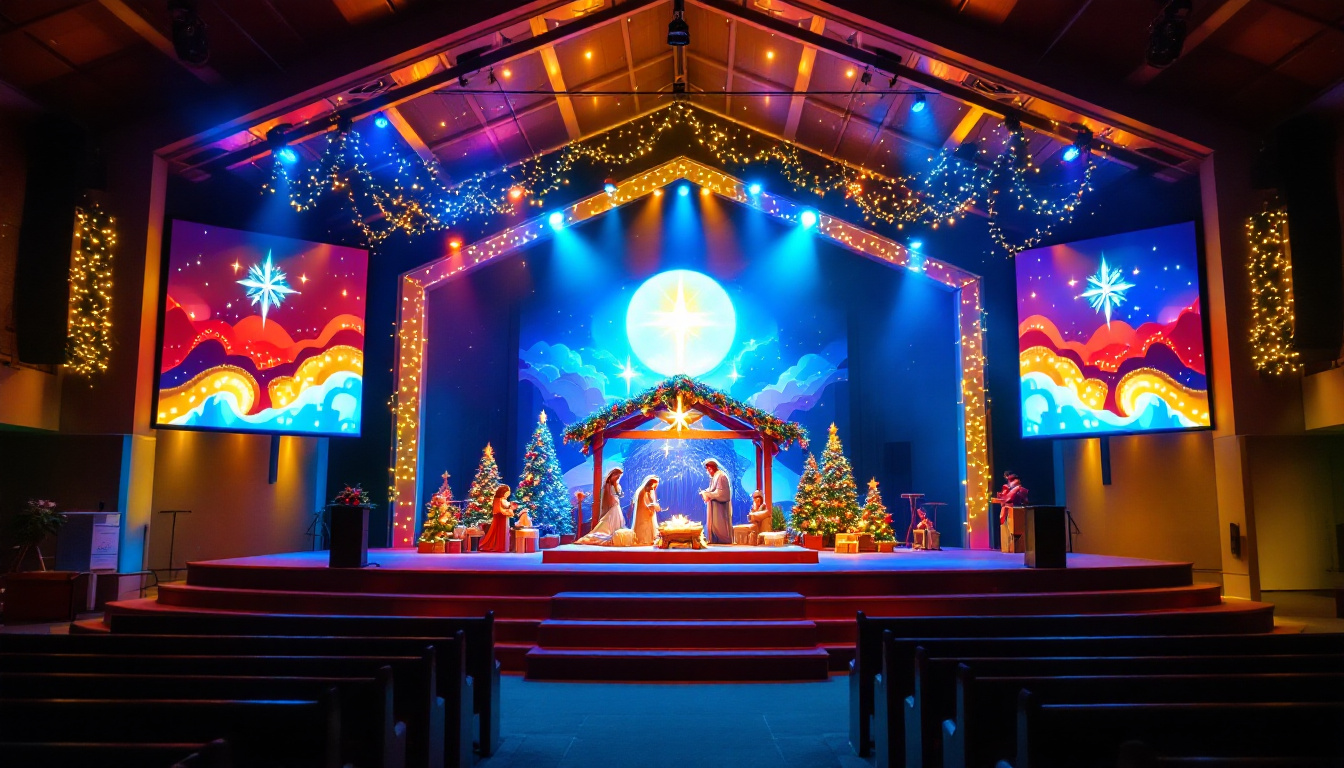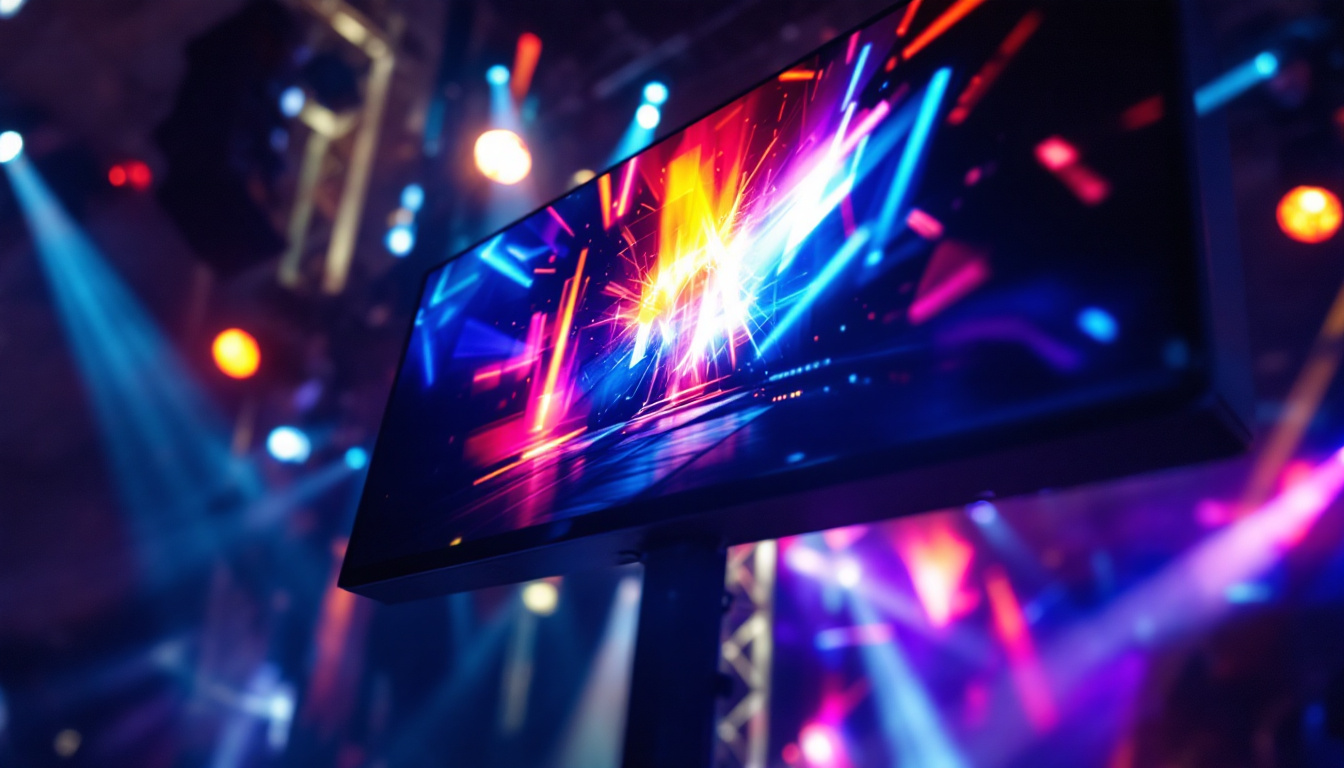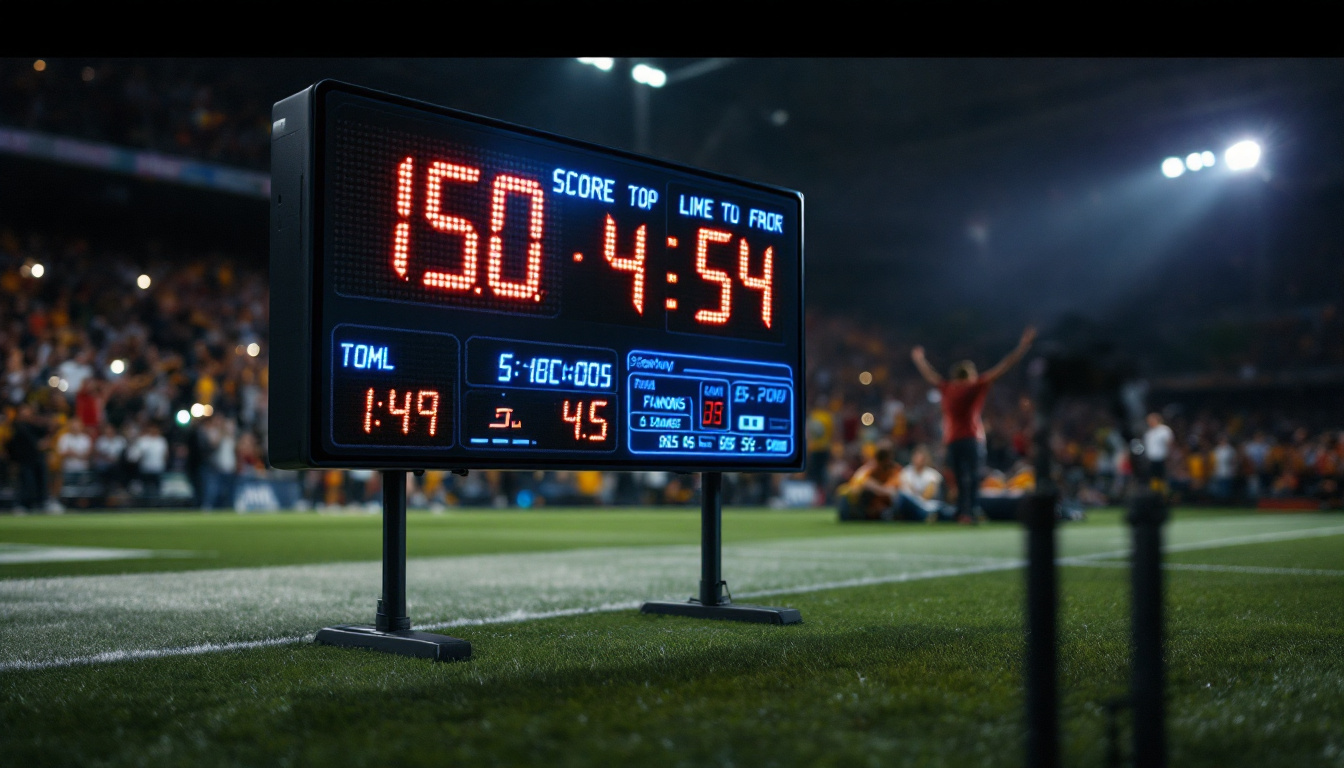In the rapidly evolving world of technology, LED displays have emerged as a prominent choice for both commercial and residential applications. Their versatility, energy efficiency, and vibrant color reproduction make them an ideal option for a variety of uses. This article delves into the intricacies of LED displays, exploring their functionality, advantages, and applications, particularly in Hillsboro, Oregon.
Understanding LED Technology
Light Emitting Diodes (LEDs) are semiconductor devices that emit light when an electric current passes through them. Unlike traditional incandescent bulbs, LEDs are more energy-efficient and have a longer lifespan. This technology has revolutionized the way we display information and visuals. With their ability to produce bright, vivid colors while consuming minimal power, LEDs have become a staple in various applications, from household lighting to intricate displays in sports arenas and concert venues.
How LEDs Work
At the core of an LED display are tiny diodes that produce light. When an electric current flows through these diodes, they emit photons, which are particles of light. The color of the light depends on the materials used in the semiconductor. By combining red, green, and blue LEDs, a full spectrum of colors can be achieved, allowing for vibrant and dynamic displays. This color mixing capability is what enables LEDs to create stunning visuals, making them ideal for everything from decorative lighting to high-definition screens that captivate audiences.
Types of LED Displays
LED displays come in various forms, each serving different purposes. The most common types include:
- Direct View LED: These displays are made up of individual LED modules that are directly visible to the viewer. They are often used for large outdoor billboards and digital signage.
- LED Backlit LCD: This type uses LEDs to illuminate an LCD screen from behind. It is commonly found in televisions and computer monitors.
- Organic LED (OLED): OLED displays use organic compounds to emit light and offer superior color accuracy and contrast. They are popular in high-end televisions and smartphones.
In addition to these common types, there are also specialized LED displays designed for unique applications. For instance, Flexible LED displays can be bent and shaped to fit various surfaces, making them perfect for creative installations in retail spaces or art exhibits. Another innovative type is the MicroLED display, which consists of microscopic LEDs that can deliver exceptional brightness and color performance while being energy-efficient. These advancements continue to push the boundaries of what is possible in visual technology, paving the way for more immersive experiences in entertainment, advertising, and beyond.
Advantages of LED Displays
The growing popularity of LED displays can be attributed to their numerous advantages. Understanding these benefits can help businesses and individuals make informed decisions when considering display options.
Energy Efficiency
One of the most significant advantages of LED displays is their energy efficiency. Compared to traditional lighting technologies, LEDs consume significantly less power, leading to lower electricity bills. This efficiency is particularly beneficial for businesses that operate large displays or signage, as it can result in substantial cost savings over time. Furthermore, the reduced energy consumption contributes to a smaller carbon footprint, making LED displays an environmentally friendly choice. As sustainability becomes increasingly important in consumer decision-making, opting for energy-efficient displays aligns with eco-conscious values.
Longevity and Durability
LEDs are known for their long lifespan, often lasting up to 100,000 hours or more. This longevity reduces the need for frequent replacements, making them a cost-effective solution in the long run. Additionally, LED displays are more durable than traditional displays, being resistant to shocks and vibrations, which is crucial for outdoor applications. Their robust construction also allows them to withstand extreme weather conditions, such as heavy rain or intense heat, ensuring consistent performance regardless of the environment. This resilience not only enhances the reliability of the displays but also minimizes maintenance costs and downtime, allowing businesses to maintain a steady flow of communication with their audience.
Vibrant Color and Brightness
LED displays offer superior color reproduction and brightness compared to other display technologies. This capability makes them ideal for outdoor advertising, where visibility in bright sunlight is essential. The ability to produce a wide range of colors enhances the overall viewing experience, making content more engaging and appealing. Moreover, advancements in LED technology have led to improved pixel density, allowing for sharper images and finer details. This is particularly advantageous for applications such as digital billboards and video walls, where high-definition content is crucial for capturing viewer attention. The dynamic range of brightness levels also means that LED displays can adapt to various lighting conditions, ensuring that messages remain clear and impactful at any time of day.
Applications of LED Displays in Hillsboro, Oregon
In Hillsboro, Oregon, LED displays have found their way into various sectors, from retail to education, enhancing communication and engagement in the community.
Retail and Advertising
Retail businesses in Hillsboro have increasingly adopted LED displays for advertising and promotional purposes. These displays can showcase dynamic content, attracting customers’ attention and driving foot traffic. Whether it’s a digital menu board at a restaurant or a promotional display at a retail store, LED technology provides a modern and eye-catching solution. The versatility of LED displays allows for vibrant animations and videos that can be easily updated to reflect seasonal promotions or special events, making them a powerful tool for marketers looking to create a buzz around their products.
Moreover, local businesses are leveraging LED displays to build brand identity and foster community connection. By featuring local events, sponsoring community initiatives, or highlighting customer testimonials, these displays not only promote products but also create a sense of belonging and engagement among residents. This dual function of advertising and community building is particularly valuable in a close-knit town like Hillsboro, where local support can significantly impact business success.
Public Information Displays
LED displays are also utilized for public information purposes in Hillsboro. From displaying real-time transit information to emergency alerts, these displays serve as vital communication tools for residents and visitors. Their visibility and clarity ensure that important messages reach the public effectively. In addition to transit updates, LED displays are often used to announce community events, safety information, and public service messages, ensuring that the community stays informed about happenings in and around Hillsboro.
The strategic placement of these displays in high-traffic areas, such as parks and city centers, maximizes their reach and effectiveness. For instance, during local festivals or emergencies, these displays can quickly disseminate critical information, helping to keep the community safe and engaged. The integration of LED technology into public spaces represents a significant step forward in how Hillsboro communicates with its residents, fostering a more informed and connected community.
Educational Institutions
Schools and universities in Hillsboro have embraced LED technology for various applications. digital signage in hallways can provide announcements, event information, and even educational content. The ability to update information in real-time allows institutions to keep students and staff informed and engaged. Beyond mere announcements, these displays can also be used to showcase student achievements, promote extracurricular activities, and highlight important deadlines, contributing to a vibrant school culture.
Furthermore, educational institutions are exploring the use of LED displays in classrooms and auditoriums to enhance the learning experience. Interactive displays can facilitate collaborative learning, allowing students to engage with content in innovative ways. By incorporating multimedia presentations, educational videos, and interactive quizzes, teachers can create a more dynamic and immersive learning environment. This not only aids in information retention but also prepares students for a technology-driven world, making Hillsboro’s educational landscape more forward-thinking and adaptable.
Choosing the Right LED Display
When selecting an LED display, several factors should be considered to ensure it meets specific needs and requirements. Understanding these factors can help streamline the decision-making process.
Size and Resolution
The size of the display is crucial, particularly for outdoor applications where visibility from a distance is essential. Additionally, resolution plays a significant role in image quality. A higher resolution display will provide sharper images and text, making it easier for viewers to read and engage with the content.
Environment and Placement
Consideration of the environment where the display will be placed is vital. Outdoor displays need to be weather-resistant and capable of withstanding varying environmental conditions. Indoor displays, on the other hand, may not require the same level of durability but should still be suited to the lighting conditions of the space.
Content Management
Effective content management is essential for maximizing the impact of an LED display. Many modern displays come with software that allows users to create, schedule, and manage content easily. It’s important to choose a display that offers user-friendly content management solutions to ensure seamless updates and changes.
Installation and Maintenance Considerations
Proper installation and maintenance are crucial for the longevity and performance of LED displays. Understanding these aspects can help ensure that the investment pays off in the long run.
Professional Installation
While some may consider DIY installation, it is often advisable to hire professionals for LED display installation. Professionals have the expertise to ensure that the display is mounted securely and configured correctly. They can also address any technical requirements, such as electrical connections and network integration.
Regular Maintenance
To keep an LED display functioning optimally, regular maintenance is essential. This includes cleaning the display surface, checking for any loose connections, and ensuring the software is up-to-date. Many manufacturers offer maintenance packages, which can be a worthwhile investment for businesses relying on these displays for communication and advertising.
The Future of LED Displays
The future of LED display technology looks promising, with continuous advancements enhancing their capabilities and applications. As technology evolves, so do the possibilities for LED displays.
Innovative Features
Future LED displays are expected to incorporate innovative features such as interactive capabilities, augmented reality integration, and improved energy efficiency. These advancements will not only enhance user engagement but also provide businesses with new ways to connect with their audience.
Sustainability Efforts
As sustainability becomes a growing concern, manufacturers are focusing on creating more eco-friendly LED displays. This includes using recyclable materials and reducing energy consumption even further. The shift towards sustainable practices will likely influence purchasing decisions in the coming years.
Conclusion
LED displays have transformed the way information is communicated, providing vibrant, efficient, and versatile solutions for various applications. In Hillsboro, Oregon, businesses and institutions are leveraging this technology to enhance engagement and communication. As advancements continue to shape the future of LED displays, embracing this technology offers a competitive edge in an increasingly digital world.
Understanding the intricacies of LED displays, from their functionality to their applications, is essential for anyone looking to invest in this technology. With the right knowledge and considerations, businesses and individuals can harness the power of LED displays to create impactful visual experiences.
Illuminate Your Message with LumenMatrix
As you consider the vast potential of LED displays to transform your communication and engagement strategies, look no further than LumenMatrix. Our commitment to innovation in LED display technology ensures that your brand stands out with unparalleled vibrancy and clarity. From Indoor and Outdoor LED Wall Displays to specialized solutions like Vehicle LED Displays and LED Sports Displays, LumenMatrix offers a comprehensive range of products designed to captivate your audience. Embrace the future of visual storytelling with our cutting-edge solutions. Check out LumenMatrix LED Display Solutions today and take the first step towards revolutionizing your visual communication.

